Fluro.s vs. HID for flowering
quinton
16 years ago
Related Stories

GARDENING GUIDESTop 12 Summer-Blooming Perennials for Deer-Resistant Drama
Can you have garden color, fragrance and exciting foliage with hungry deer afoot? These beauties say yes
Full Story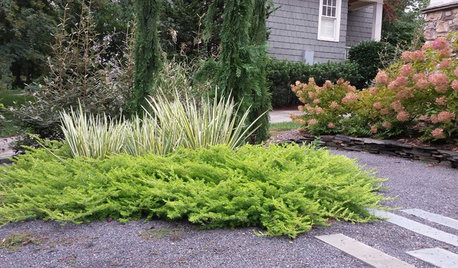
PLANTING IDEASThese Aren’t Your Grandparents’ Junipers
Dislike junipers? Maybe it’s time to discover new varieties and new uses for this garden workhorse
Full Story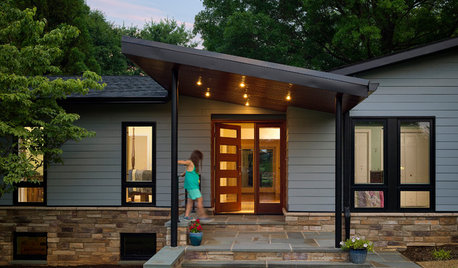
CURB APPEALEntry Recipe: New Focal Point for a 1970s Ranch House
A covered terrace draws visitors to the front door and creates a modern, interesting approach in a Baltimore-area home
Full Story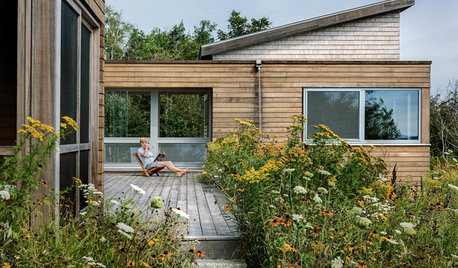
GARDENING GUIDES3 Ways to Revel in Summer Garden Sweetness
Patiently observe what works and doesn’t work in your landscape
Full Story
FUN HOUZZ10 Things People Really Don’t Want in Their Homes
No love lost over fluorescent lights? No shocker there. But some of these other hated items may surprise you
Full Story
FALL GARDENINGBe Your Own Wildflower Nursery
Gather seeds from your garden in fall, and you'll have a selection of plants for next year — without spending a dime
Full Story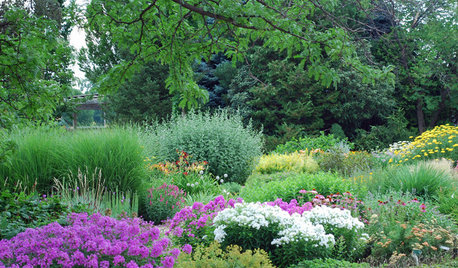
LANDSCAPE DESIGNTake Your Garden on a Rural Route With Plant-Dominant Designs
Let plants take center stage for a garden that recalls idyllic pastures fashioned by nature's hand
Full Story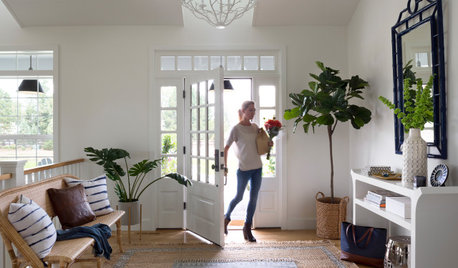
HOUSEKEEPING7-Day Plan: Get a Spotless, Beautifully Organized Entry Hall
Take your entry from scuffed up to spiffed up — restoring total cleanliness and order in just a week
Full Story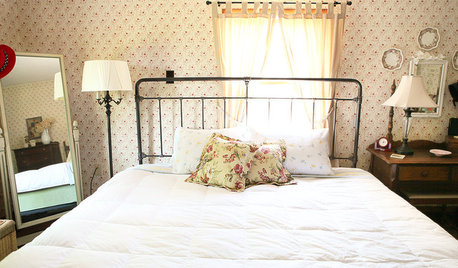
LIFEDo You Live in Your Childhood House?
Tell us about the home you grew up in — whether you live there now or not — and share your pictures!
Full Story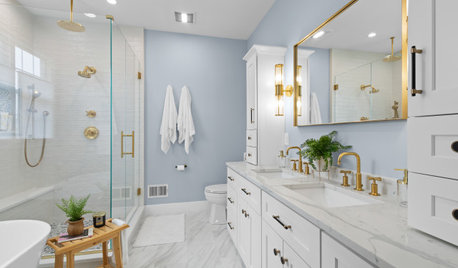
BATHROOM DESIGNHow to Choose the Right Bathroom Sink
Learn the differences among eight styles of bathroom sinks, and find the perfect one for your space
Full Story





shrubs_n_bulbs
object16
Related Professionals
Tempe Landscape Contractors · El Sobrante Landscape Contractors · Fair Lawn Landscape Contractors · Los Banos Landscape Contractors · North Chicago Landscape Contractors · Seymour Landscape Contractors · New Carrollton Landscape Contractors · Bixby Fence Contractors · East Peoria Fence Contractors · Lake Jackson Fence Contractors · Roswell Fence Contractors · Salida Fence Contractors · Woodinville Fence Contractors · Angleton Fence Contractors · Washington Roofing & Guttersshrubs_n_bulbs
quintonOriginal Author
shrubs_n_bulbs
object16
shrubs_n_bulbs
lermer
lermer
object16
lermer
lermer
object16
lermer
object16
shrubs_n_bulbs
object16